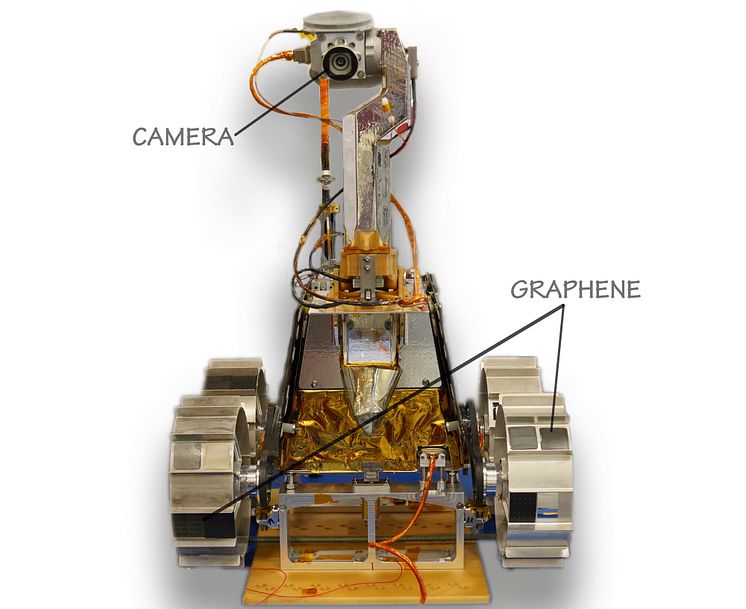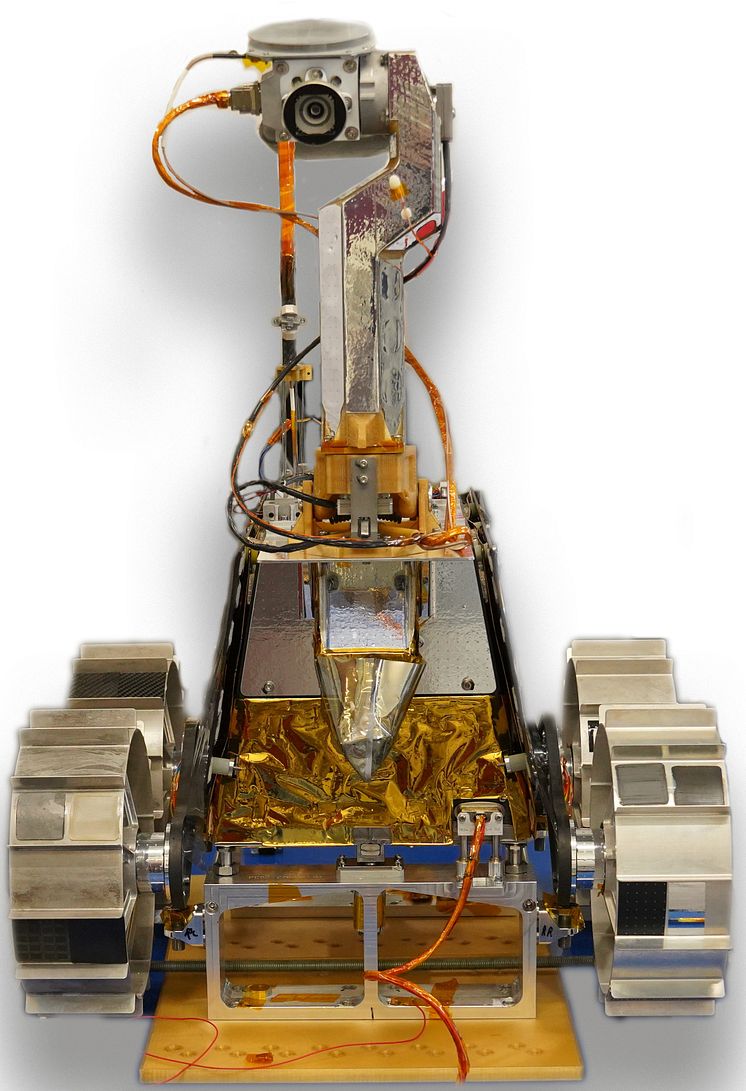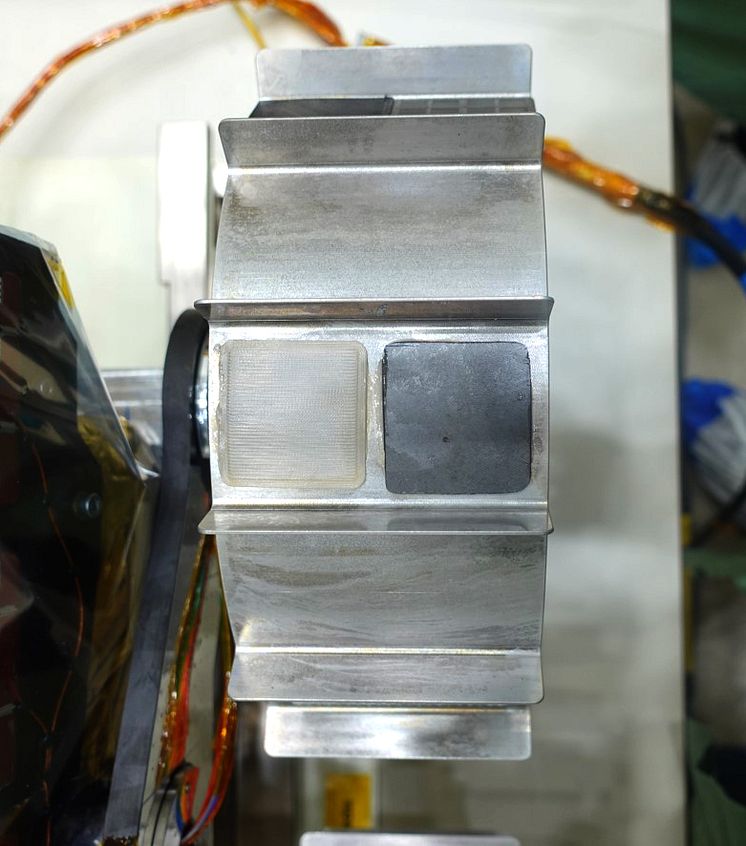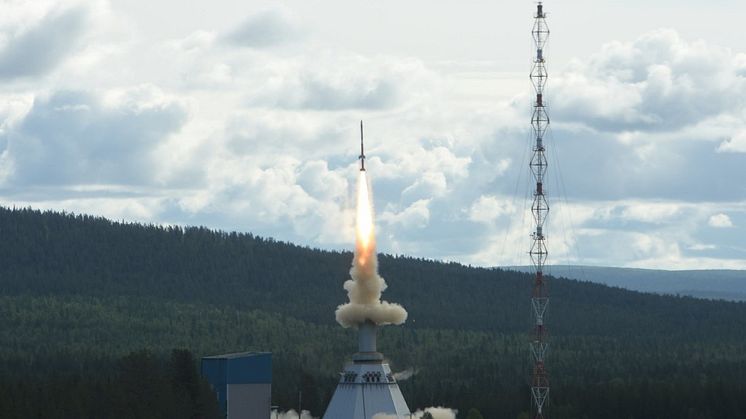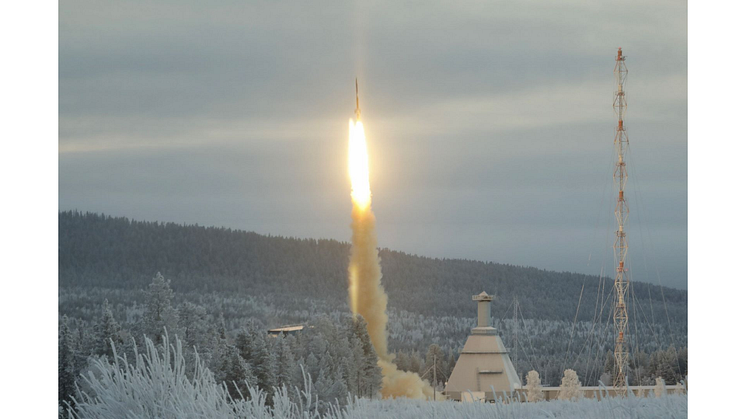
Press release -
Graphene Goes to Space and to the Moon
From labs to lunar! After the announcement that the Graphene Flagship’s Meganne Christian was selected as a new ESA astronaut, we have other exciting space-related news.
Graphene Flagship Partners University of Cambridge (UK) and Université Libre de Bruxelles (ULB, Belgium) paired up with the Mohammed bin Rashid Space Centre (MBRSC, United Arab Emirates), and the European Space Agency (ESA) to test graphene on the Moon. This joint effort sees the involvement of many international partners, such as Airbus Defense and Space, Khalifa University, Massachusetts Institute of Technology, Technische Universität Dortmund, University of Oslo, and Tohoku University.
The Rashid rover is planned to be launched on 1 December 2022 from Cape Canaveral in Florida and will land on a geologically rich and, as yet, only remotely explored area on the Moon’s nearside – the side that always faces the Earth. During one lunar day, equivalent to approximately 14 days on Earth, Rashid will move on the lunar surface investigating interesting geological features.
The Rashid rover wheels will be used for repeated exposure of different materials to the lunar surface. As part of this Material Adhesion and abrasion Detection experiment, graphene-based composites on the rover wheels will be used to understand if they can protect spacecraft against the harsh conditions on the Moon, and especially against regolith (also known as ‘lunar dust’).
Regolith is made of extremely sharp, tiny and sticky grains and, since the Apollo missions, it has been one of the biggest challenges lunar missions have had to overcome. Regolith is responsible for mechanical and electrostatic damage to equipment, and is therefore also hazardous for astronauts. It clogs spacesuits’ joints, obscures visors, erodes spacesuits and protective layers, and is a potential health hazard.
University of Cambridge researchers from the Cambridge Graphene Centre produced graphene/polyether ether ketone (PEEK) composites. The interaction of these composites with the Moon regolith (soil) will be investigated. The samples will be monitored via an optical camera, which will record footage throughout the mission. ULB researchers will gather information during the mission and suggest adjustments to the path and orientation of the rover. Images obtained will be used to study the effects of the Moon environment and the regolith abrasive stresses on the samples.
This Moon mission comes soon after the ESA announcement of the 2022 class of astronauts, including the Graphene Flagship’s own Meganne Christian, a researcher at Graphene Flagship Partner the Institute of Microelectronics and Microsystems (IMM) at the National Research Council of Italy.
“Being able to follow the Moon rover’s progress in real time will enable us to track how the lunar environment impacts various types of graphene-polymer composites, thereby allowing us to infer which of them is most resilient under such conditions. This will enhance our understanding of how graphene-based composites could be used in the construction of future lunar surface vessels,” says Sara Almaeeni, MBRSC science team lead, who designed Rashid’s communication system.
“New materials such as graphene have the potential to be game changers in space exploration. In combination with the resources available on the Moon, advanced materials will enable radiation protection, electronics shielding and mechanical resistance to the harshness of the Moon’s environment. The Rashid rover will be the first opportunity to gather data on the behavior of graphene composites within a lunar environment,” says Carlo Iorio, Graphene Flagship Space Champion, from ULB.
Leading up to the Moon mission, a variety of inks containing graphene and related materials, such as conducting graphene, insulating hexagonal boron nitride and graphene oxide, semiconducting molybdenum disulfide, prepared by the University of Cambridge and ULB were also tested on the MAterials Science Experiment Rocket 15 (MASER 15) mission, successfully launched on the 23rd of November 2022 from the Esrange Space Center in Sweden. This experiment, named ARLES-2 (Advanced Research on Liquid Evaporation in Space) and supported by European and UK space agencies (ESA, UKSA) included contributions from Graphene Flagship Partners University of Cambridge (UK), University of Pisa (Italy) and Trinity College Dublin (Ireland), with many international collaborators, including Aix-Marseille University (France), Technische Universität Darmstadt (Germany), York University (Canada), Université de Liège (Belgium), University of Edinburgh and Loughborough.
This experiment will provide new information about the printing of GMR inks in weightless conditions, contributing to the development of new addictive manufacturing procedures in space such as 3d printing. Such procedures are key for space exploration, during which replacement components are often needed, and could be manufactured from functional inks.
“Our experiments on graphene and related materials deposition in microgravity pave the way addictive manufacturing in space. The study of the interaction of Moon regolith with graphene composites will address some key challenges brought about by the harsh lunar environment,” says Yarjan Abdul Samad, from the Universities of Cambridge and Khalifa, who prepared the samples and coordinated the interactions with the United Arab Emirates.
“The Graphene Flagship is spearheading the investigation of graphene and related materials (GRMs) for space applications. In November 2022, we had the first member of the Graphene Flagship appointed to the ESA astronaut class. We saw the launch of a sounding rocket to test printing of a variety of GRMs in zero gravity conditions, and the launch of a lunar rover that will test the interaction of graphene—based composites with the Moon surface. Composites, coatings and foams based on GRMs have been at the core of the Graphene Flagship investigations since its beginning. It is thus quite telling that, leading up to the Flagship’s 10th anniversary, these innovative materials are now to be tested on the lunar surface. This is timely, given the ongoing effort to bring astronauts back to the Moon, with the aim of building lunar settlements. When combined with polymers, GRMs can tailor the mechanical, thermal, electrical properties of then host matrices. These pioneering experiments could pave the way for widespread adoption of GRM-enhanced materials for space exploration,” says Andrea Ferrari, Science and Technology Officer and Chair of the Management Panel of the Graphene Flagship.
NOTES FOR JOURNALISTS:
Rashid rover launch date and time: 1 December 2022 at 3:37am US EST (8:37am GMT)
(press release updated after launch delayed from 30 November)
(Date and time are subject to change depending on weather and other conditions)
The launch will go live on https://www.youtube.com/@ispace9464/videos
Related links
Topics
Categories
About the Graphene Flagship
The Graphene Flagship celebrates a decade of 2D materials innovation
Funded by the European Commission in 2013, the Graphene Flagship has brought graphene innovation out of the lab and into commercial applications. Bringing diverse competencies from nearly 170 academic and industrial partners in 22 countries together, the Graphene Flagship facilitates cooperation between its partners, accelerating the timeline for industry acceptance of graphene technologies. With applications in everything from energy and transportation to electronics and biomedicine, graphene and other 2D materials are changing the way we live and work. The European Commission’s FET Flagships enable research projects on an unprecedented scale. With €1 billion budgets, the Graphene Flagship, Human Brain Project and Quantum Flagship serve as technology accelerators, helping Europe to compete with other global markets in research and innovation. With an additional €20 million investment, the European Commission has now funded the creation of an experimental pilot line for graphene-based electronics, optoelectronics and sensors.

